Scholars of Samara University and Crimean Federal University are developing a method of flawless mobile communication organization in conditions of industrial disasters and natural calamities. In prospect the development will be designed as a mobile application which can be used by anybody willing to do so.


As a result of the competitive selection of scientific projects following the state task from the Education Ministry of the RF in 2017 Samara National Research University and V.I. Vernadsky Crimean Federal University got a joint grant on research of “perspective information and communication technologies with the use of theoretical physics methods”.
The research is being made by a team of Research and Education Centre for Computer Studies of Samara University under the guidance of Professor Andrey Sukhov and scholars of Crimean University. They work at flawless mobile communication organization in conditions when towers of mobile network operators (base stations) do not work.
“Modern smartphones can produce self-organization networks, i.e. to find other mobile devices and transfer a signal from one apparatus to the other via Bluetooth or Wi-Fi, thus turning into base stations. For this they do not need mobile communications or Internet”, - Professor Andrey Sukhov explains the core of the method.
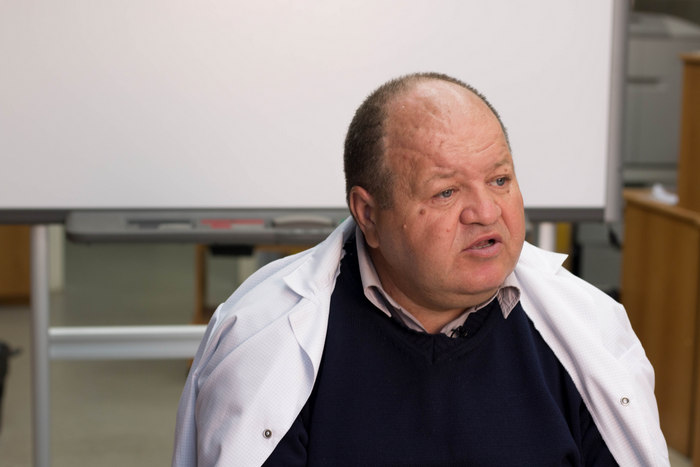

These technical characteristics of mobile devices are useful in case of natural calamities and industrial catastrophes and of mass blackouts as it occurred in 2015 on the peninsular of Crimea as Samara University scholars assert. In such situations the usual chain – mobile operator - mobile communications - commutator switch base – stops working.
The technology is not new indeed, it was already used, but the main problem lies in the fact that in conditions of a big city a signal from one subscriber reaches another one in up to 40 minutes! Samara scholars are certain that they will be able to reduce the time delay to split seconds.
The action principle developed by the scholars is the following: the signal in the form of codified data is being transferred from one mobile phone to another one till it reaches a concrete addressee. In this activity smartphones do not participate in the session, serve only as conductors of the signal, and it means that their owners do not have to “pick up the receiver” to participate in the process of connection of certain subscribers.
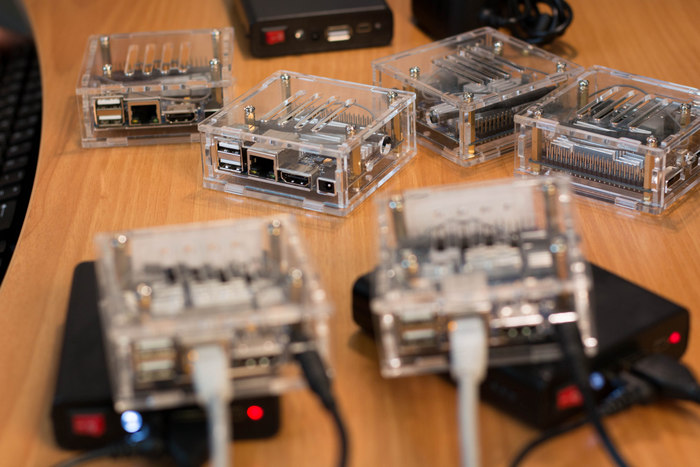

This technology allows not only being in connection in emergency situations for groups of rescues and medical workers, but also to transmit video broadly to the headquarters of Ministry of Emergency Situations and convey the actual 3D panorama of the location.
“This theme has a prehistory”, - Professor Andrey Sukhov mentions. “Bachelor Dmitriy Chemodanov suggested the use of theoretical physics methods for description of phenomena in modern information and communication technologies”.
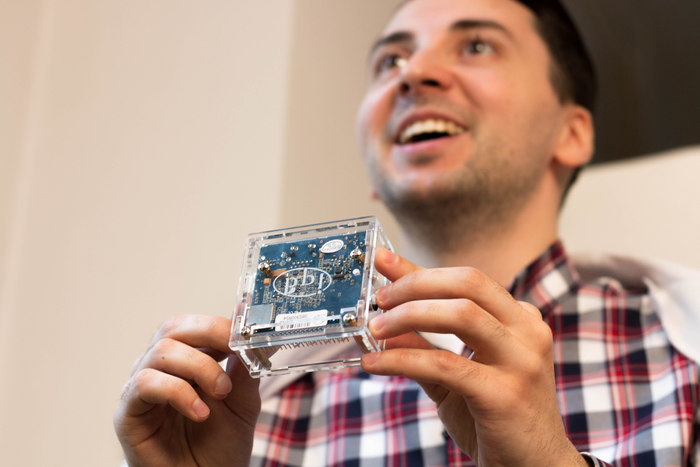

Moreover, Andrey Sukhov and Dmitriy Chemodanov have developed a row of unique methods of route creation in community of mobile devices.
“For instance, if you transfer a signal from one Samara University building to another, it can go for a long time via all the phones in the vicinity”, - Andrey Sukhov explains. “We suggested a means of making the shortest route with the minimal number of retransmissions”.
The method is in the calculation of a concrete number of transmissions between two mobile devices. “The first device gives a broadcast signal which is received by the nearest phones – this is the first level (vicinity), then the signal goes to the nearby devices – this is the second level, etc. till the reach of the final point. The construction of the route itself goes during the time of return pass when the broadcast inquiry sends the route end node entity”, - Andrey Sukhov adds. The received short route is taken as a base by researchers.
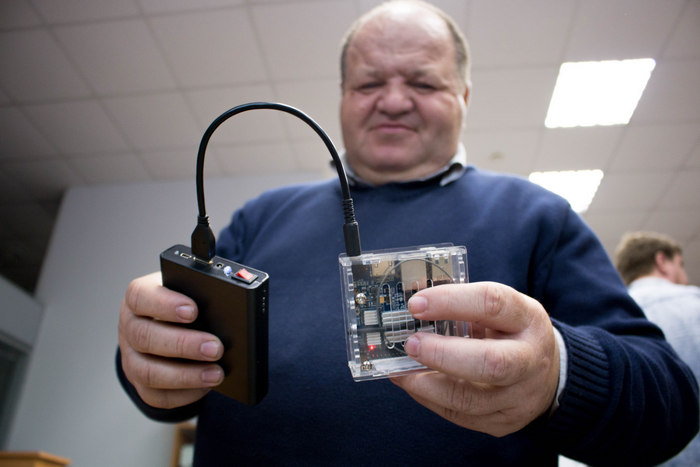

This innovation development of Samara University scholars is already not only theoretical; the first experiments have been conducted. Samara University scholars created a prototype of a device on the base of a mini-computer and usual smartphone which is supplied with special software also developed at university. By now the communication was set between mobile mini-computers of Banana Pi type. The time of connection between two devices is approximately 5 milliseconds, video can be transferred only at short distances – big work over the improvement of the software is ahead. For example, communication between the buildings of Samara University will take several seconds. Later this provision will be designed as a mobile application which can be used by anybody willing to do so.
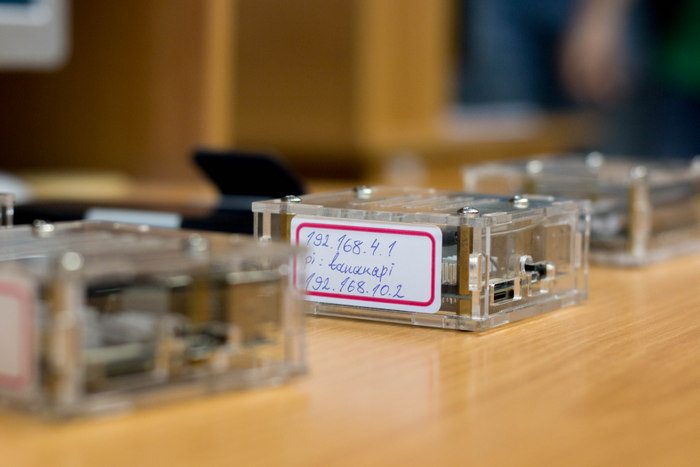

“In cooperation with the colleagues from Crimea we are conducting experiments, the results of which led to scientific articles in the leading journals”, - Andrey Sukhov tells. “We are going to present the working sample of the device by the end of 2017”.
As a part of the grant Samara University scholars plan to open a postgraduate study programme “Computer sciences” at Crimean University. The theme of the postgraduate studies besides networking technology will contain question of IT security as the combined application of Samara and Crimea scholars includes questions of Internet technology safety provision with the help of Software Defined Networks as well.
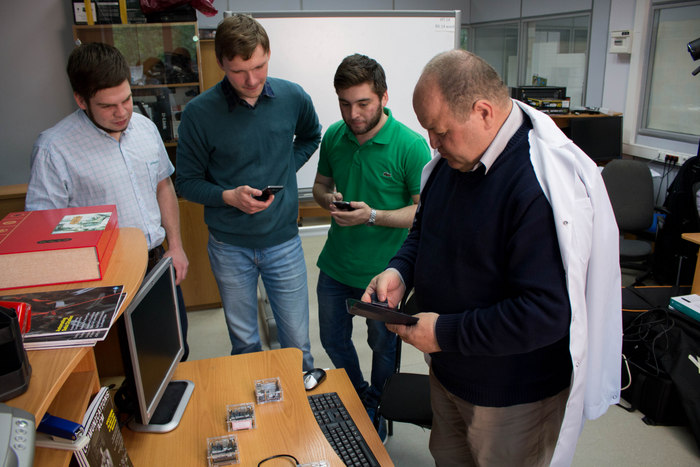

The project directors are sure that students of the university will not stay aside of the research and development of the scientific team and invite students and Masters to cooperate and to enter this postgraduate programme at Samara University.
Photo: Mariya Kuznetsova (photo club Illuminator)
 RU
RU  EN
EN  CN
CN  ES
ES 